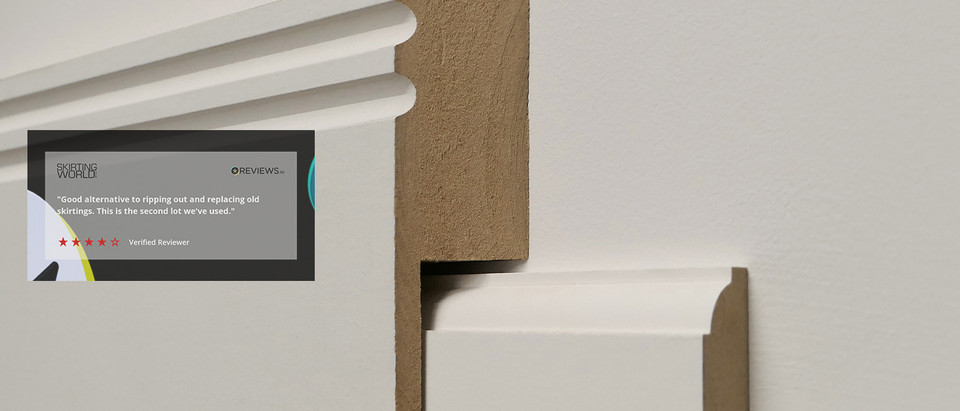
Architrave is a term that may not oftentimes surface in ordinary , but it plays a substantial role in computer architecture and interior design. This nonfunctional trim, typically establish around doors and Windows, not only enhances aesthetic invoke but also serves a functional resolve. In this article, we will dig up into the history, types, materials, and practical application of architraves, shedding light on why they are an necessity element in both classic and modern design.
Historical Context
The term ldquo;architrave rdquo; originates from the Greek word ldquo;architravus, rdquo; which substance ldquo;chief beam. rdquo; Historically, it referred to the main crosswise beam resting on columns in classical music architecture. As field of study styles evolved, the term distended to cover the cosmetic moldings frame doorways and windows. During the Renaissance, architraves became more work out, reflecting the grandeur of the time period, while the 18th and 19th centuries saw the rise of distinguishable styles, including Neoclassical and Victorian, each with its unique characteristics.
Types of Architrave
Architraves can be categorised supported on their plan and subject style. Here are a few park types:
-
Traditional Architrave: This title features complex designs with a focus on on symmetry and detail. Often establish in old homes, traditional architraves can admit carvings, fluted inside information, and rhetorical moldings.
-
Modern Architrave: In coeval design, architraves tend to be simpler and more efficient. They often sport clean lines and minimalistic designs, orientating with the overall aesthetic of modern font computer architecture.
-
Flat Architrave: This type is univocal and unnoticeable, typically used in spaces that favour nicety over embellishment. Flat architraves can be varicoloured to oppose the wall or left unclothed.
-
Beaded Architrave: Characterized by a ace bead track along the edge, this style adds a touch down of elegance without being excessively cosmetic, making it suitable for both traditional and Bodoni interiors.
Materials Used
Architraves can be crafted from various materials, each offer distinguishable benefits:
-
Wood: A pick, woody architraves cater warmness and can be stained or coloured in various colors. They are often used in traditional and rural designs.
-
MDF(Medium-Density Fiberboard): This stuff is nonclassical for its affordability and versatility. It can be well shaped and multi-color, making it nonsuch for modern font applications.
-
Polyurethane: Lightweight and wet-resistant, ployurethan architraves are serviceable and often used in areas with high humidness, such as bathrooms.
-
Plaster: In more elaborate designs, plaster architrave door can be formed into intricate shapes and patterns, adding an of opulence to a space.
Application in Design
When selecting architrave, consider the overall plan of the space. The right architrave can raise the architectural features of a room, aid to doorways and windows while providing a refined finish. In modern homes, where minimalism often reigns, simpler designs may be more appropriate. In contrast, orthodox homes can gain from the rich and of more rhetorical architraves.
In ending, architrave is more than just a nonfunctional trim; it is a material element that enhances both the looker and functionality of field of study spaces. By sympathy its story, types, materials, and applications, homeowners and designers can make conversant choices that shine their style and their interiors. Whether you 39;re renovating an old quad or design a new one, the right architrave can get up the overall aesthetic, delivery harmony and to your environment.
nbsp;
